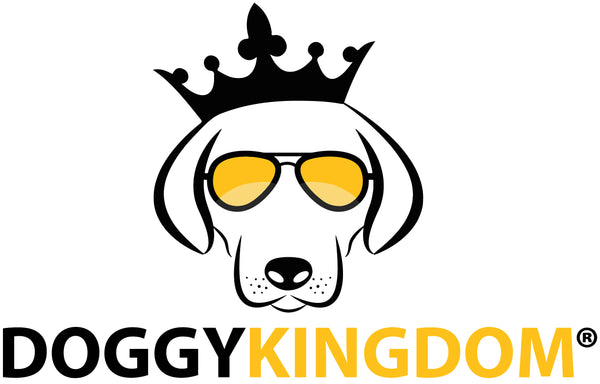Understanding Dog Acne: Causes, Symptoms, and Treatment
Share
Just like humans, dogs can suffer from acne, a skin condition that can cause discomfort and affect their overall well-being. Dog acne typically manifests as red bumps, blackheads, or pustules, mainly on their chin and lips. It's essential for pet owners to understand what dog acne is, its causes, symptoms, and the available treatments, to ensure their furry friend's health and happiness.
What is Dog Acne?

Dog acne is a dermatological condition in dogs, similar to human acne, where hair follicles become clogged with oil and dead skin cells. This condition typically appears as small, red, inflamed bumps, blackheads, or pus-filled lesions. While it’s most common in young dogs going through puberty, adult dogs can suffer from it too.
Causes of Dog Acne

The exact cause of dog acne isn't always clear, but several factors contribute to its development:
- Hormonal Changes: Like in teenagers, hormonal fluctuations in young dogs can lead to acne.
- Genetics: Certain breeds like Boxers, Bulldogs, and Rottweilers are more prone to acne.
- Poor Hygiene: Lack of proper grooming can lead to oil and dirt build-up, causing acne.
- Allergies: Food or environmental allergies can manifest as acne.
- Stress: Stressful situations can exacerbate skin conditions, including acne.
- Trauma: Constant rubbing or pressure on the skin, such as from tight collars, can cause acne.
Symptoms of Dog Acne
Recognizing the signs of dog acne is crucial for early treatment. Symptoms include:
- Red, swollen bumps on the chin, lips, or muzzle.
- Blackheads or whiteheads.
- Pus-filled lesions.
- Hair loss in the affected area.
- Itchiness or discomfort; dogs may scratch or rub their face.
- In severe cases, secondary infections can develop, leading to scabbing and pain.
Diagnosing Dog Acne
If you notice signs of acne on your dog, it’s essential to visit a veterinarian. They will conduct a physical examination and may perform skin scrapings or allergy tests to rule out other conditions like mange, fungal infections, or allergies.
Treatment of Dog Acne

Treatment for dog acne varies depending on the severity:
- Topical Treatments: Medicated shampoos, creams, or gels containing benzoyl peroxide or salicylic acid can help clear the acne.
- Oral Medications: In more severe cases, veterinarians may prescribe antibiotics or steroids to reduce inflammation and prevent secondary infections.
- Proper Hygiene: Regularly washing your dog’s face with a mild, dog-friendly cleanser can prevent oil and dirt build-up.
- Dietary Changes: If allergies are suspected, a change in diet might be recommended.
- Stress Reduction: Minimizing stress through regular exercise and a stable environment can help.
Preventing Dog Acne
Prevention is often the best medicine:
- Maintain a regular grooming routine.
- Use stainless steel or ceramic food and water bowls, as plastic can harbor bacteria.
- Ensure your dog’s collar isn’t too tight.
- Regularly wash your dog’s bedding and toys.
When to See a Vet
If your dog's acne doesn't improve with basic care, or if the acne is severe and causing discomfort, it’s time to consult a vet. They can provide specialized treatment and advice.
Conclusion
Dog acne, while not life-threatening, can be uncomfortable for your dog and may lead to more severe skin issues if left untreated. By understanding what dog acne is, recognizing the symptoms, and knowing how to treat and prevent it, you can help your dog maintain healthy skin. Remember, a healthy dog is a happy dog!



